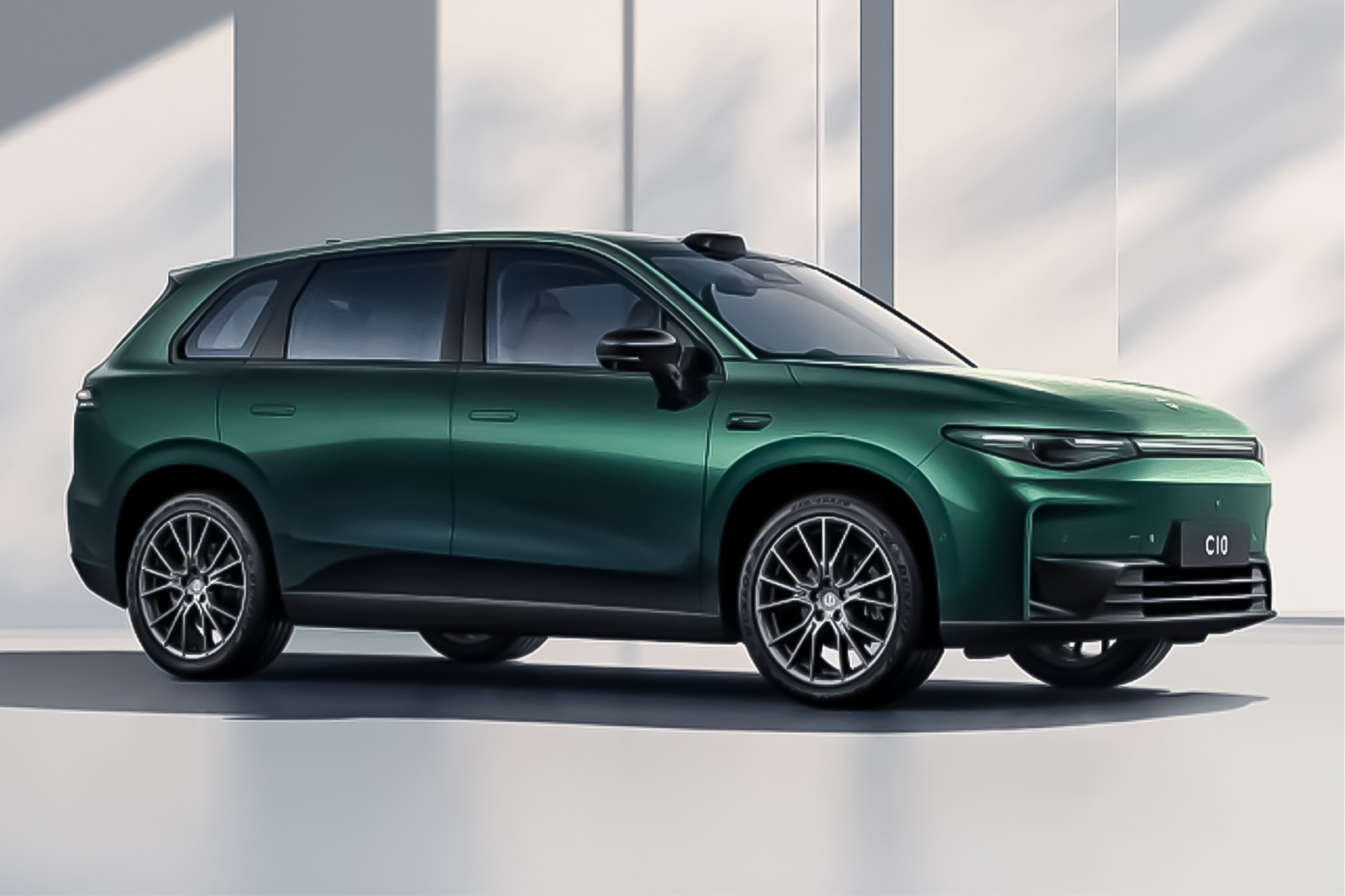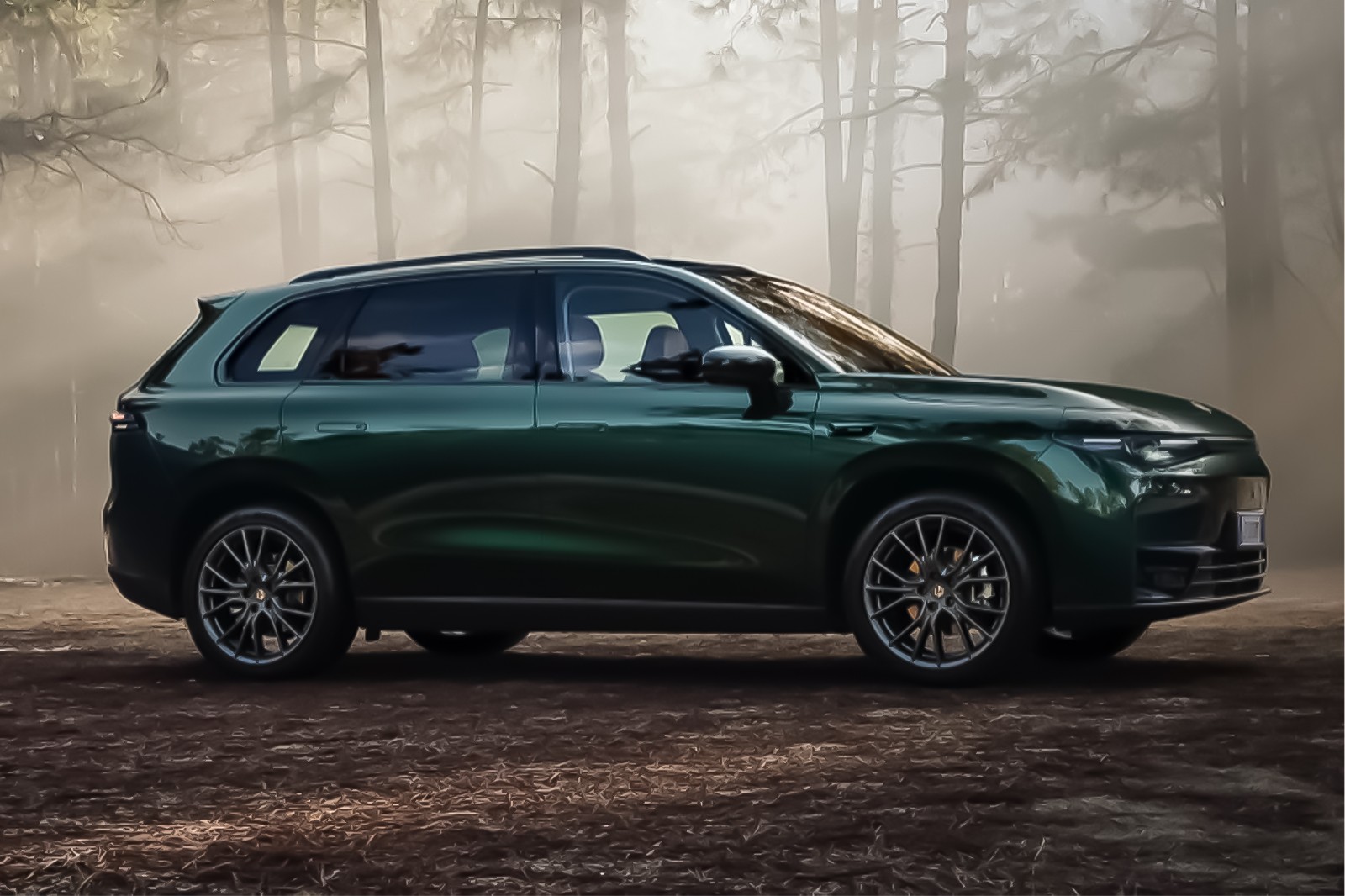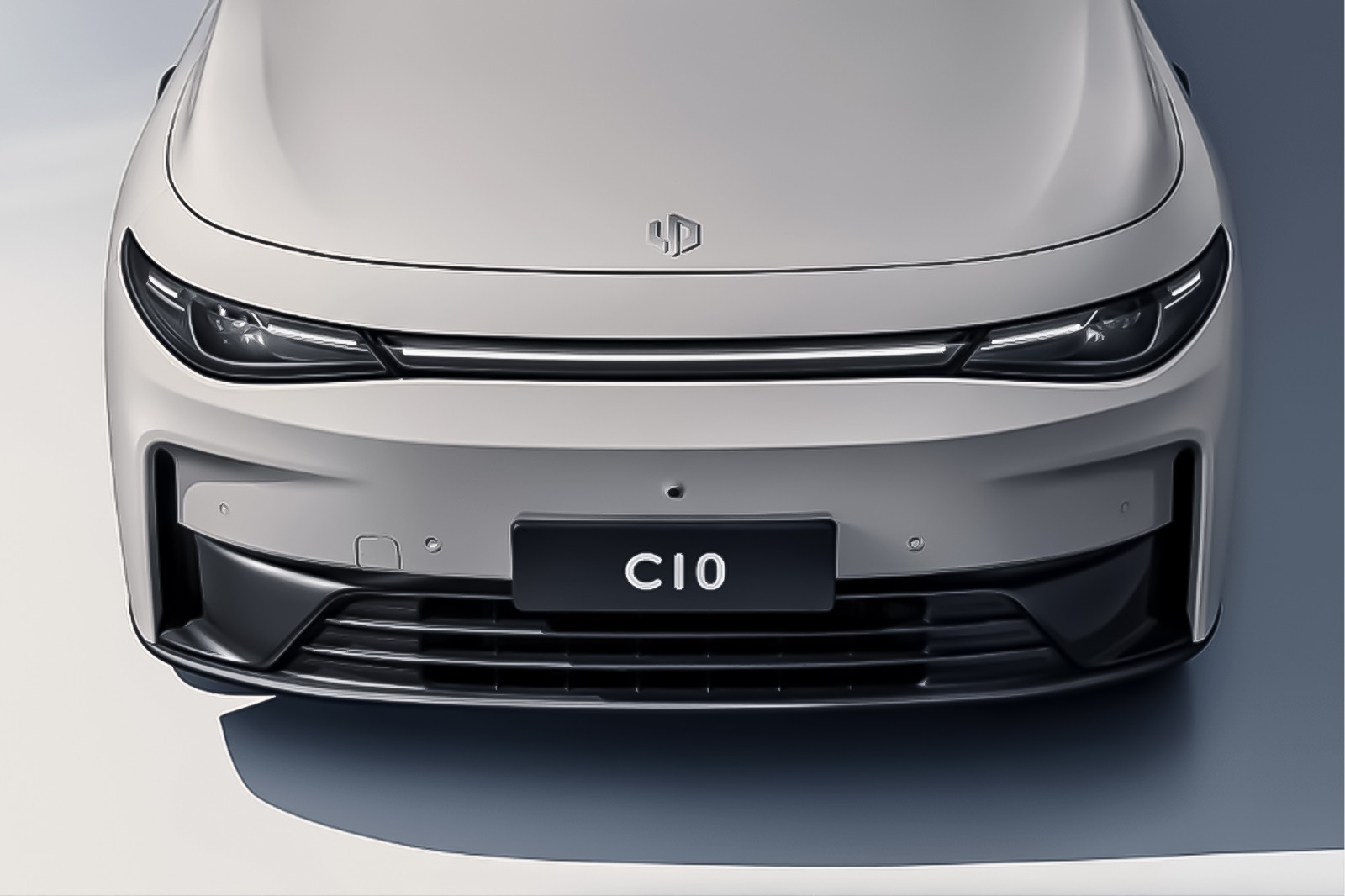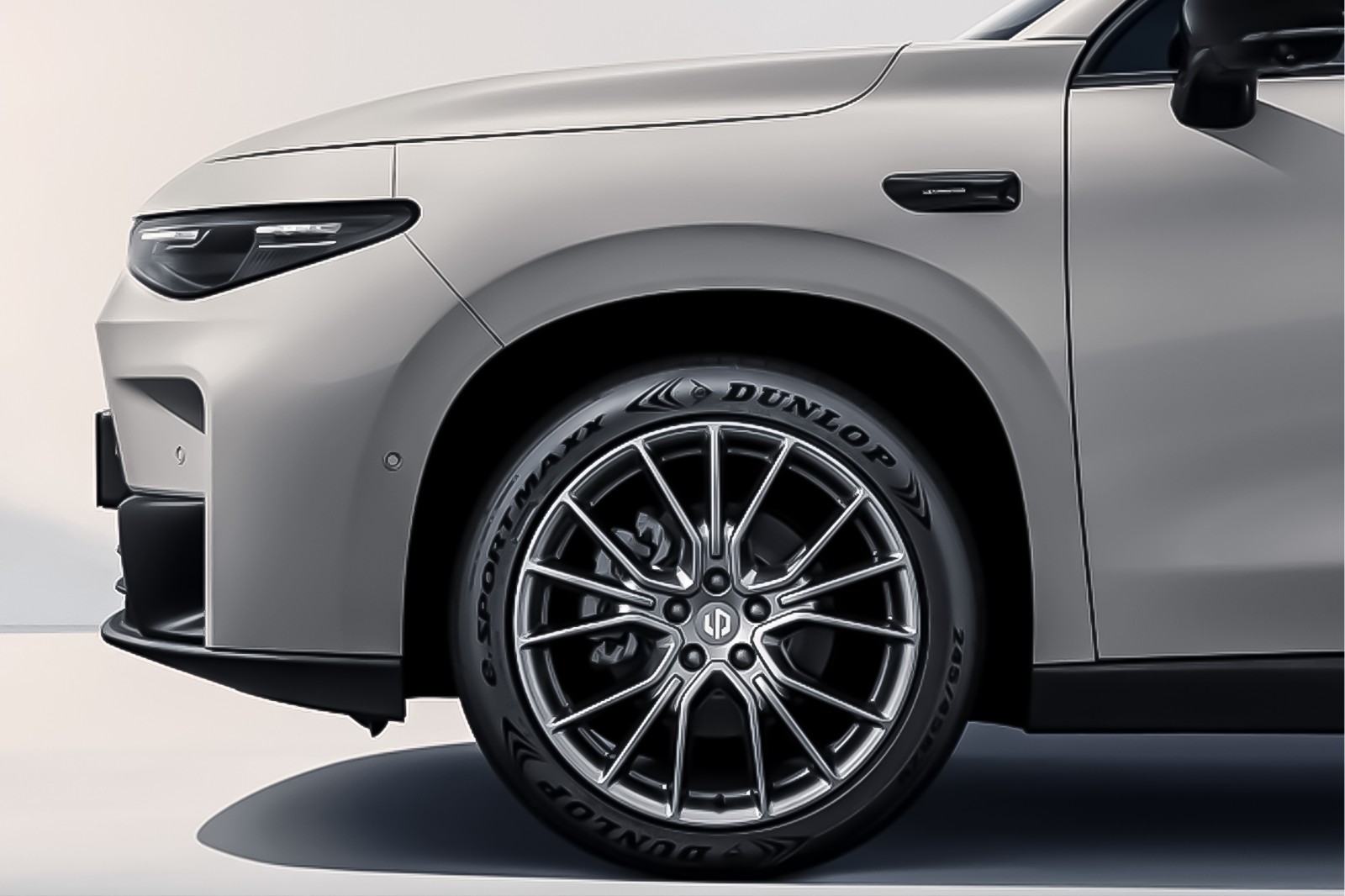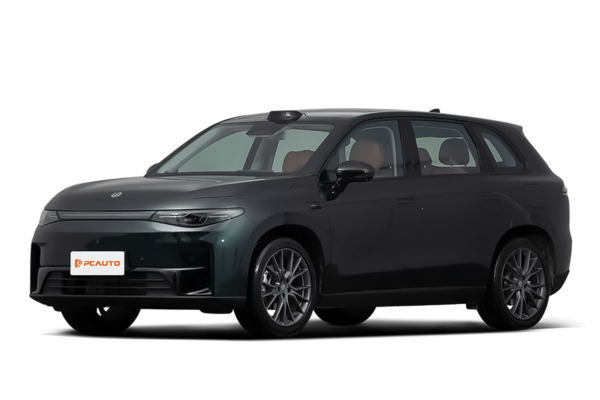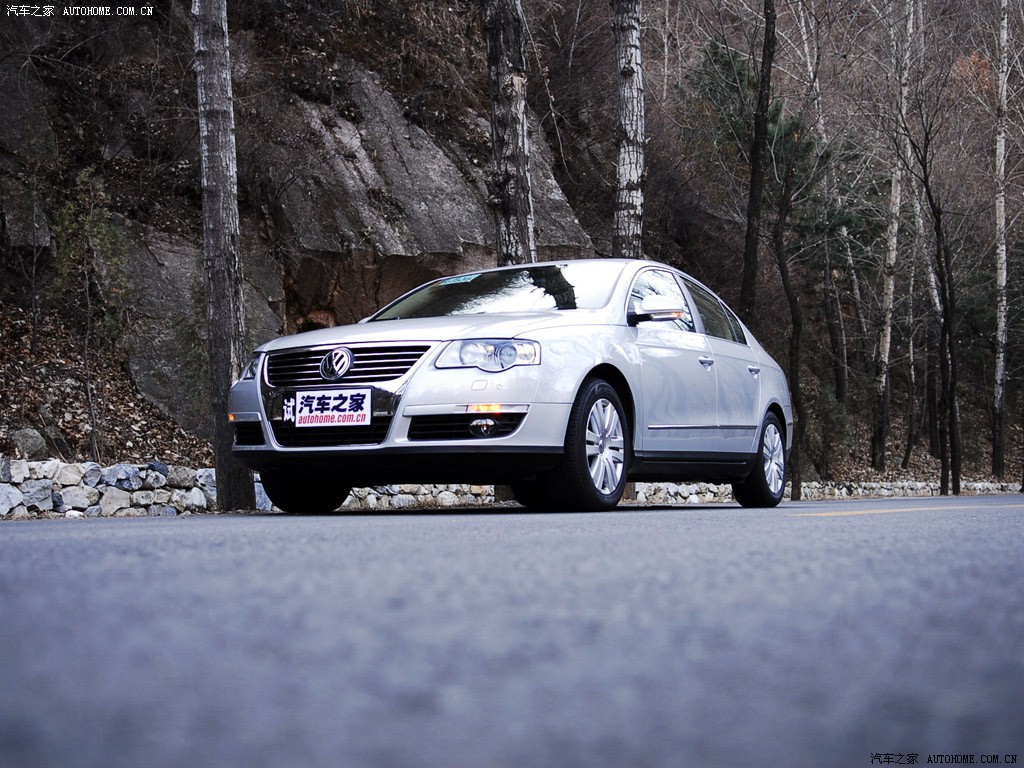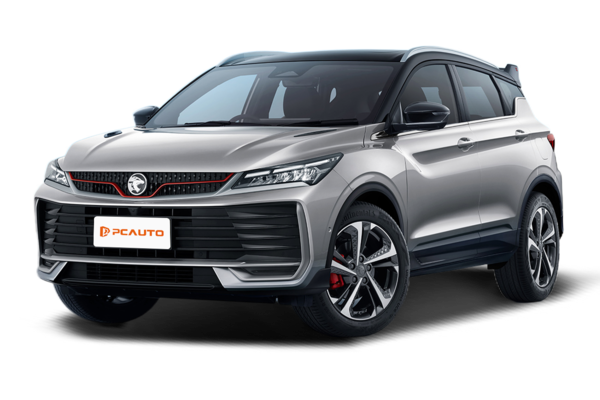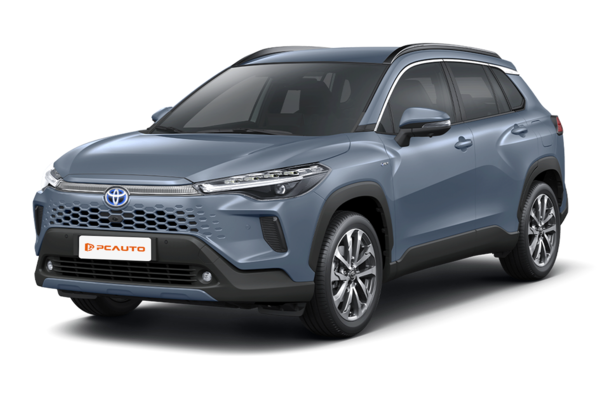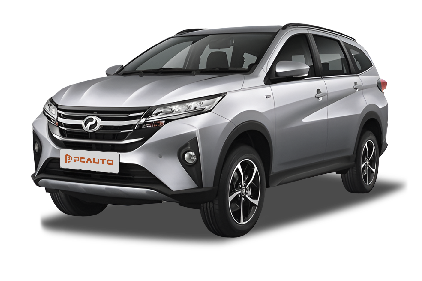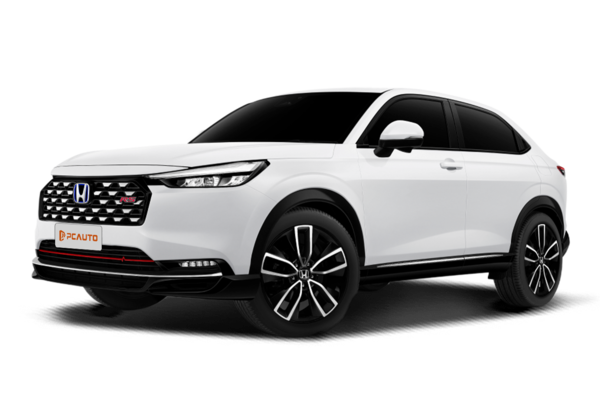Q
What are the updates for the 2024 Sportage?
The 2024 Kia Sportage has received multiple upgrades in the Malaysian market. Key upgrades include minor exterior tweaks-such as a more distinctive front grille and LED light clusters-along with higher-quality soft interior materials and a standard 10.25-inch dual-screen setup (instrument cluster + central console), which supports wireless Apple CarPlay/Android Auto.
For power, it continues to feature a 1.6T turbocharged engine (180hp/265Nm) paired with a 7-speed dual-clutch transmission (7DCT). However, a new intelligent four-wheel drive system has been added, optimizing traction on slippery roads and making it well-suited to Malaysia’s rainy climate. Safety features have been upgraded, with the Kia Drive Wise package now standard across all trims-it includes adaptive cruise control, lane-keeping assist, and a new automatic parking assist function.
Notably, as a popular model in the C-SUV segment, the Sportage’s hybrid variant has not been confirmed for launch in Malaysia. However, consumers can consider locally assembled CKD variants, which typically offer a price advantage. Additionally, when comparing with Japanese rivals in the same class, it is recommended to prioritize the 5-year/unlimited mileage warranty policy-particularly practical for Malaysia’s long-distance driving requirements.
Q
How much is a 2018 Mercedes-AMG?
The price of a 2018 Mercedes-AMG in Malaysia can vary quite a bit depending on the specific model and how it's kitted out. Generally speaking, you're looking at anywhere from around RM300,000 to RM800,000 in the used car market. For example, a used AMG A45 might set you back roughly RM300k to RM400k, while the more hardcore performers like the AMG C63 or AMG GT could stretch up to RM500k to RM800k. Of course, the exact figure hinges on factors like the car's condition, mileage, and the optional extras it comes with.
Mercedes-AMG, as Benz's high-performance sub-brand, is renowned for its blistering power and lush interiors. The 2018 models typically come with tweaked turbocharged engines, paired with AMG's own sport suspension and exhaust systems – perfect for drivers who live for that thrill behind the wheel.
If you're in the market for a used AMG in Malaysia, it's smart to go through authorized dealers or certified channels. That way, you can be more confident about the vehicle's quality and get decent after-sales support. Also, keep in mind that road tax and insurance costs tend to be on the higher side due to those bigger engines.
On a tighter budget? Maybe consider an older AMG. They often offer better value for money and still deliver that awesome driving experience.
Q
what rank is chery in china?
Chery is one of China's leading homegrown automakers. If you look at recent sales figures, they're usually in the top 10 domestically, but where they really shine is exports – they've been China's number one passenger car exporter for years running. Thanks to their solid value proposition and proven tech, Chery has built a steady following in China. Their line-up's pretty strong too: the Tiggo SUV series and Arrizo sedans both hold their own in their respective segments.
For Malaysian buyers, Chery's definitely a brand to keep an eye on. They've been pushing hard into Southeast Asia lately and have launched several models locally, like the Tiggo 7 Pro and Tiggo 8 Pro. These cars bring competitive specs and pricing to the table, making them a solid pick for folks who want practicality without breaking the bank.
And it's not just combustion engines – Chery's also making moves in the new energy space. Word is we might see more electrified models hit Malaysia in the future, giving local consumers even more options. All in all, Chery's influence in China is on the rise, and their performance in overseas markets like ours is shaping up to be pretty interesting too.
Q
What is the Weel Size of BYD M6?
The wheel hub size of the BYD M6 is 215/55 R17. This size not only provides good grip but also takes comfort into account, making it suitable for the diverse road conditions in Malaysia. A tire width of 215 millimeters ensures driving stability, and a aspect ratio of 55 strikes a balance between absorbing road vibrations and providing support during cornering. The 17 - inch wheel hub size also conforms to the mainstream configuration of MPVs in this class. For Malaysian consumers, tires of this specification are quite common in the local market, which makes subsequent replacement and maintenance relatively convenient. It's worth mentioning that the wheel hub size directly affects the vehicle's handling, fuel economy, and ride comfort. Although larger wheel hubs look more dynamic visually, they may sacrifice some comfort. The size chosen by the BYD M6 strikes a good balance between practicality and comfort. In addition, given Malaysia's rainy climate, it is recommended to regularly check the tire tread depth to ensure drainage performance, which is particularly important for driving safety.
Q
Is the MINI Countryman Hybrid any good?
The MINI Countryman Hybrid is a compact SUV that blends MINI's iconic design with hybrid tech, and it's been doing pretty well in the Malaysian market. It's a solid pick for folks who want to save on fuel but still enjoy driving. Under the hood, you've got a 1.5L three-cylinder turbo paired with an electric motor, churning out a combined 224 hp. The power delivery is snappy, and it sips less fuel than your typical gas-guzzler—perfect for city runs. Inside, they've kept that classic MINI vibe with the round central display and customizable interior, plus there's more space than the previous generation, so it's actually pretty practical now. On top of that, the electric-only mode lets you zip around short distances emission-free, which is a nice bonus for Malaysian buyers who are starting to care more about the environment. If you dig MINI's brand character and need something fuel-efficient, this one's worth checking out. Oh, and hybrid models get tax breaks in Malaysia, so you'll save some cash in the long run. But do take it for a test drive first to make sure you like the suspension setup—MINIs are usually on the sporty side, so if you're all about maximum comfort, this might not be your jam.
Q
What is the second-hand price of Honda City?
The second - hand price of Honda City is influenced by factors such as the vehicle's age, condition, mileage, configurations, maintenance records, and market supply and demand. Based on the 2023 market situation, for a Honda City with a vehicle age of around 5 years (models from 2018 - 2019), the second - hand price is approximately between RM50,000 and RM65,000. The newer models with a 3 - year vehicle age (models from 2020 - 2021) may be priced around RM70,000 to RM85,000, depending specifically on the V, E, or S versions. Older models with a vehicle age of 7 - 10 years (models from 2014 - 2017) usually fall between RM30,000 and RM45,000. However, if the vehicle is in good condition and has low mileage, the price might be slightly higher. Second - hand Honda City cars generally hold their value well because of their good reputation in Malaysia for fuel economy, low maintenance costs, and reliability.
Q
What is the CVT transmission problem in Nissan 2020?
For the 2020 Nissan models, some owners have reported CVT transmission issues like overheating, delayed acceleration, and occasional jerking. These problems typically crop up during extended highway drives or stop-and-go traffic, and might be linked to transmission temperature management or software calibration. Nissan's CVTs are known for fuel efficiency and smoothness, but to keep them performing their best, I'd recommend sticking to regular changes of the factory-specified CVT fluid and avoiding aggressive driving to reduce strain on the transmission.
Good to know Nissan has been gradually refining their CVT tech in newer models, tweaking cooling systems and updating software to boost reliability. For Malaysian owners, the tropical heat could up the risk of transmission overheating, so staying on top of maintenance schedules and driving habits is even more crucial.
CVTs, as the poster child of continuously variable transmissions, work differently from traditional automatics—using a steel strip and pulleys for seamless gear changes, which makes them great for city driving. But skimping on maintenance can lead to premature wear. If you notice anything off, don't hesitate to hit up an authorized service center. Catching issues early can save you from bigger headaches down the road.
Q
How much is a Honda 2021 worth?
The current value of a 2021 Honda depends on factors like the specific model, mileage, condition, and equipment. Take popular models like the City or CR-V – used prices typically range from RM60,000 to RM140,000. Low-mileage, well-maintained high-spec versions will be closer to the upper end. For an accurate valuation, check recent transaction records on local used car platforms or use professional valuation tools by inputting detailed vehicle info for a report. It's worth noting that Hondas hold their value well in the used market, especially hybrid versions, thanks to their reliable powertrains and low maintenance costs. Also, when buying a used Honda, focus on checking the CVT transmission condition and engine service records, and see if the original factory warranty is still valid – these factors significantly impact residual value. For owners considering upgrading, doing a full service and keeping the receipts before selling can help boost the transaction price.
Q
What is the maintenance cost of Mercedes A-Class?
The maintenance costs for the Mercedes A-Class can vary due to several factors, including the type of service, vehicle mileage, usage period, and location. Generally speaking, most Mercedes models recommend a basic maintenance service every 10,000 kilometers. However, if the vehicle is in poor condition, maintenance may be required as early as 5,000 kilometers; conversely, if the vehicle is in good condition, the interval can be extended to 15,000 kilometers.
Basic maintenance is categorized into two types: A and B. Maintenance Type A typically occurs at odd intervals, such as 10,000 kilometers, 30,000 kilometers, or in the 1st and 3rd years of ownership. This service includes an oil and filter change and a comprehensive vehicle inspection, encompassing 12 check points. Maintenance Type B is conducted at even intervals, such as 20,000 kilometers, 40,000 kilometers, or in the 2nd and 4th years. This service includes oil and filter changes, air filter replacements, and a thorough vehicle inspection with a total of 21 check points.
Naturally, the costs associated with different service types can vary. Additionally, components such as brake fluid, which should be changed every two years, and transmission oil and filters, which need to be replaced after 50,000 kilometers or three years, will also contribute to the overall maintenance costs. For precise maintenance pricing, it is advisable to consult your local Mercedes-Benz dealer, who can provide a more accurate quote based on your vehicle’s specific condition.
Q
How long can an Ativa battery last?
The battery life of the Perodua Ativa typically ranges from 2 to 3 years, depending on usage habits and environmental factors. Malaysia's hot and humid climate can accelerate battery aging, so it's advisable to regularly check the battery status to ensure optimal performance. Key factors affecting battery lifespan include frequent short trips (which prevent full charging), usage of electronic devices, and prolonged parking. Drivers can extend battery life by avoiding excessive use of electronics when the car is parked and taking regular long drives to help fully charge the battery. It's worth noting that most modern car batteries are maintenance-free, but you should still pay attention to the battery warning light or have it professionally tested. Difficulty starting the vehicle or dimmed lights may indicate the need for a replacement. For hybrid models, the high-voltage battery system is designed to last longer, but the 12V auxiliary battery still requires similar maintenance. It's recommended to follow the original maintenance schedule and have the battery inspected and replaced at authorized service centers to ensure the stable operation of the vehicle's electrical system and to benefit from the quality assurance of genuine parts.
